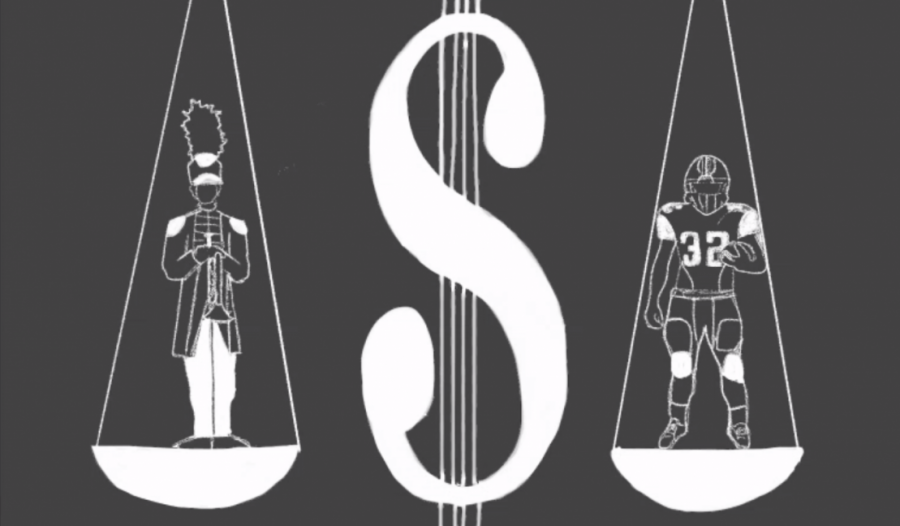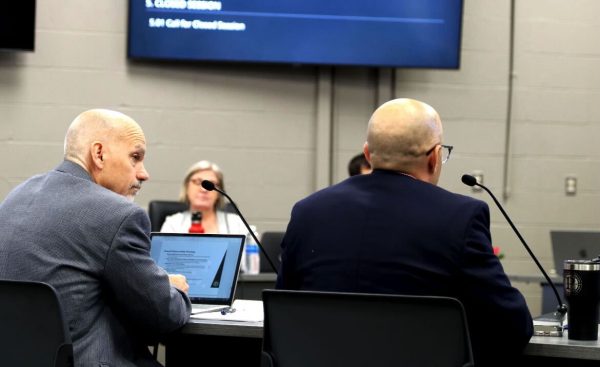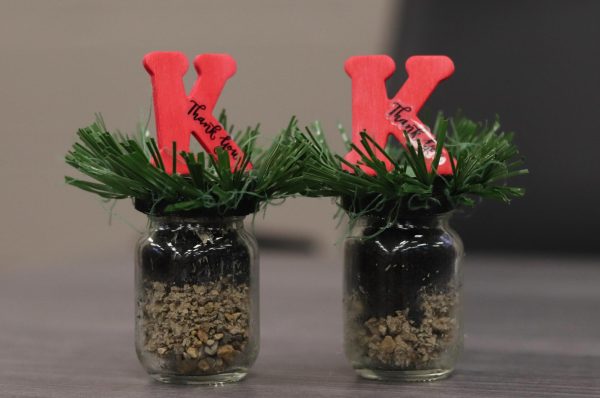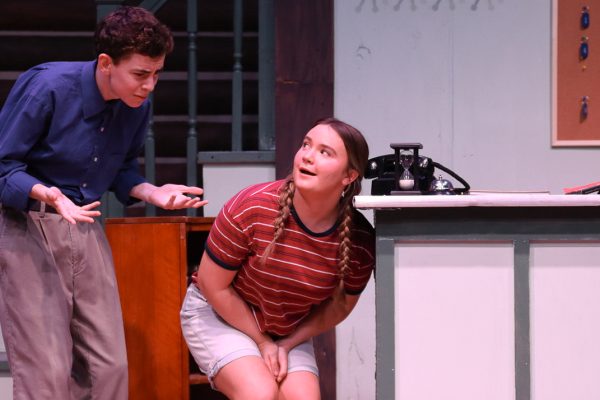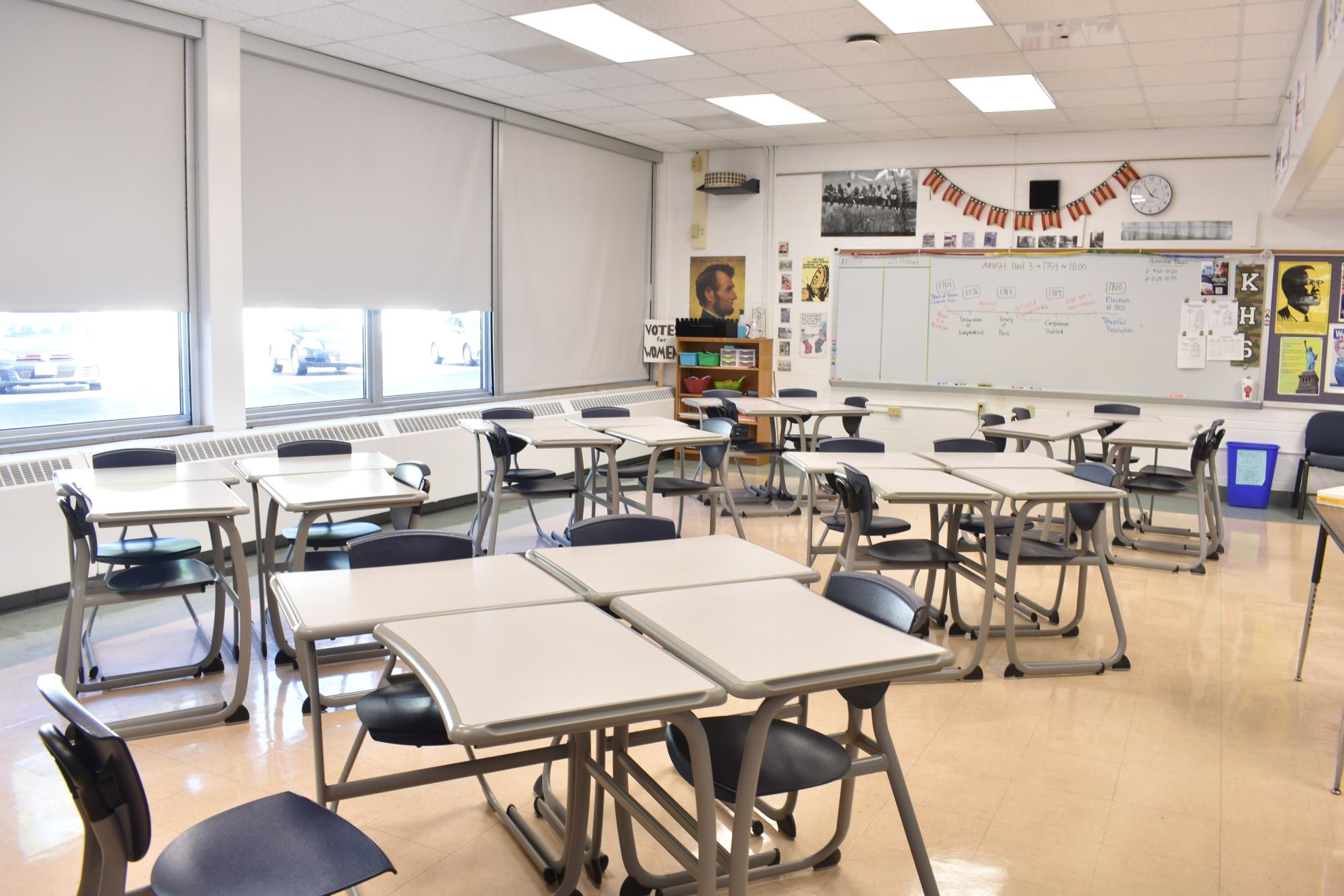Never enough
Once golden instruments are now rusted and out of tune. The four practice rooms never seem to be open. Some music stands are so old they can barely bend.
Rebecca Friesen, KHS band director, said that in a perfect world, a student would never encounter situations like this. The music program would be able to pay for new instruments and practice rooms. In Friesen’s perfect world, the KHS band program would be fully funded.
“The amount of money the district gives us does not cover our needs by any stretch of what is necessary to run a program of this size.” Friesen said.
But financial worries are by no means exclusive to the fine arts program.
Fees for buses. Fees for officials. Fees for tournaments. The list seems endless.
Corey Nesslage, KHS athletics director, is constantly balancing these expenses and said he doesn’t know how long he can continue to do so. He believes in a perfect world, he wouldn’t have to spend thousands of dollars on buses alone. He wouldn’t have to devote so many hours to fundraising efforts. In Nesslage’s perfect world, the KHS athletics program would be fully funded.
“Right now, we’re able to keep our heads above water [financially], but that window continues to close,” Nesslage said.
But it’s not a perfect world.
In the game of money, Nesslage and the KHS athletics program are used to being disadvantaged. He is used to barely scraping by on a seemingly endless pile of bills. He is used to having to raise upwards of $40,000 a year through the athletic fundraising booster program, PBI, just to ensure the continued existence of many different programs. And he is used to feeling like money is a constant priority, he said.
“I don’t know if there is going to be any more funding from the operational side,” Nesslage said. “That’s nobody’s fault, it’s just the way it is. We have costs that are never going away.”
Nesslage said there is no shortage of costs that fall into this category. He said transporting kids to games, paying for officials and tournament fees and hiring scorekeepers and gate workers are expenses the athletics program will always have to deal with. Nesslage is given $152,000 by the district each year to do just that. Mike Wade, associate principal, said that while this number may seem like a lot, it is in reality about $27,000 short of what is necessary to maintain the bare bones of the program. He also mentioned that the money given to the athletic program is decided by the district office, rather than his own, which differentiates it from most of the other programs at the high school.
“Athletics is its own beast,” Wade said. “I’m confident that the athletics department is budgeting as wisely as possible, because a majority of what they’re spending is on transportation.”
According to Wade, after the cost of busing athletes to and from KHS is taken into account, the athletics budget would be close to 10 percent of what is initially provided in the operational budget. While $36 an hour per bus may not seem like much, he said when they have multiple buses out every day for several hours a day, the costs can skyrocket. This cost, along with the high fee for officials and referees, has put an enormous strain on the booster program, Nesslage said. Some relief has been provided by gate money revenue, about 90 percent of which comes from football and selling the $30 athletics passes to students. That being said, Nesslage said the importance of PBI could not be understated.
“The proceeds from PBI membership go towards helping each and every one of our programs,” Nesslage said. “[But] there is no guarantee we will raise enough every single year.”
Nesslage and PBI serve as the financial organizers for a program that is made up by over 600 students for the spring and fall seasons. According to Nesslage, football has the most participants, with just over 100. However, Nesslage said there is no specific budget for each individual sport. Instead, each team is allocated funds based on need. This means that while most people assume football receives heavy funding, the program actually just takes money out of the available athletic budget as needed. He said this makes continued funding for the overall athletic program even more important for the continued survival of KHS’s teams.
“The problem with [cutting funding] is that at Kirkwood, as amazing as a school as it is, we have to keep our expectation level really high,” Nesslage said. “When you want people to have a positive experience, that takes a financial resource, and as soon as you start cutting away at that you start taking away some of those experience for the kid.”
“The amount of money the district gives us does not cover our needs by any stretch of what is necessary to run a program of this size.”
— Rebecca Friesen
As the band director, Friesen is by no means oblivious to the monetary pitfalls that can plague an arts program. Financial need can take total control of a music department, she said. She recalls times throughout the school year in which KHS band students, rather than playing their instruments and reading music, are given presentations on the latest fundraising efforts, as well as instructions to spend time out of class on sales efforts. Most of the fundraising put on by the band program comes through KB2, its booster program. Efforts organized by the group in recent years have included selling mattresses, fruit, Cardinals tickets and coupon books.
“The fundraising we do is absolutely essential,” Friesen said. “The financial needs are great for a program of this size, [and] we could not function without our booster program.”
Friesen said that KB2 is typically able to bring in close to $15,000 for one year. This is more than twice the amount given to the band program by the district. Based on numbers provided by Friesen for the 2017-2018 school year, the district allotted $5,000 for ‘instructional supply,’ which includes purchasing music and books, $600 for consultant supports and $750 for instrument repair. All told, Friesen’s budget comes in at just under $7,000.
“The amount of money the district gives us helps get us started, but we really rely on our boosters and the community,” Friesen said. “We’re very fortunate because the boosters and the people who donate are really very generous.”
With over 250 members, the band program is the largest program at KHS. Within the department, there are three concert bands, the marching band, a jazz band and combo, a brass ensemble, a woodwind chamber group and the pit orchestra which provides music for the school musical. That is only three less than the number of fall sports teams. The athletics program is also given 10 times the funds the district allocates to the band.
Wade said he believes both the KHS administration and the Kirkwood community understand the value of giving students experiences in both athletics and the arts, which then transfers into the money both groups are allotted.
“We are fortunate to live in a district that appreciates how important it is to have high level performing arts and meet the overall needs of the whole child,” Wade said. “[For that reason] the district fully funds pretty much all of our performing and fine arts.”
However, there is a broad scope of expenses that would be impossible if the band program relied solely on the district’s budget. According to Friesen, these include the rights to the marching band’s annual show, entry fees for auditions and music festivals and most of the band’s uniforms. Even if the band spent all of their $7,000 on new instruments alone, they wouldn’t be able to buy more than two or three. Friesen said while the program is able to stay afloat right now, they have been forced to look beyond KHS funding to maintain high levels of teaching and playing the band is known for.
“We’re keeping up,” Friesen said. “I don’t want to make it sound like it’s a dire situation. But we absolutely need to supplement our districts funds in order to have [both] the size and the quality of the program that we have [and] offer all the things we think are needed.”
Both Friesen and Nesslage said they are always looking for new ways to find money and cut back on expenses. However, both stressed that this idea is easier said than done. With such a large program to manage, Nesslage said many people assume there are plenty of places in which money could be better utilized. But it’s not that simple, he said.
“Kirkwood has always been successful,” Nesslage said. “And I think there are people all over the world trying to figure out how to [cut back]. But what families do when those things start to go away is that they start to look to send their kids other places.”
While the athletics program has been able to generate revenue through attendance and athletic passes, the band program is unable to generate revenue the same way. Due to copyright laws, they cannot charge for admittance to the many concerts they put on in a year, which further contributes to the overall plight of the program. Wade admits that as a whole for KHS, most elective and extracurricular activities could do with additional support from the district.
“I think all of our extracurriculars, whether it’s athletics or performing or fine arts, are altogether underfunded,” Wade said. “I want every kid to have the same opportunity, but in a district that has really had to watch its p’s and q’s in recent years, we have to prioritize.”
For Nesslage, it is important to be able to uphold the legacy and excellence of KHS through the athletics program. For Friesen, she wants to be able to give every kid the many benefits of a well-rounded music education. And for both, they want to strive to continue to provide exceptional education to each and every student in the district, regardless of how much is in their wallets.
“It’s our job from top to bottom to make sure we keep that culture intact for KSD,” Nesslage said. “In order to do that, you have to make sure that the experience that students are having, whether it be in the classroom, on the stage or on the field, are the best experiences for our kids.”
Your donation will support the student journalists of Kirkwood High School. Your contribution will allow us to purchase equipment and cover our annual website hosting costs.

Interests: I try to write something new every day, and read a new book every week. Classical music is >>>>>> everything. I play piano,...
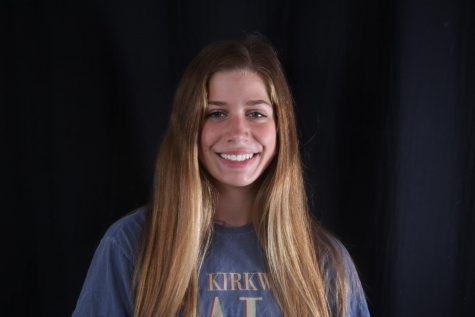
Interests: Running, drawing, governing + watching parks and rec.
Favorite musical artist: Cage The Elephant.
Favorite quote: "I couldn’t think...


